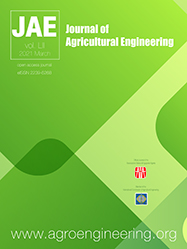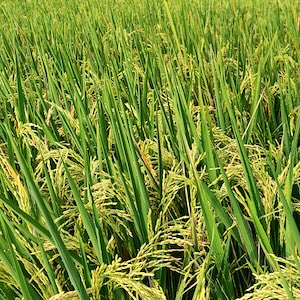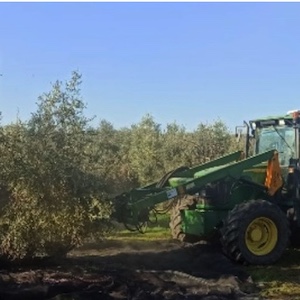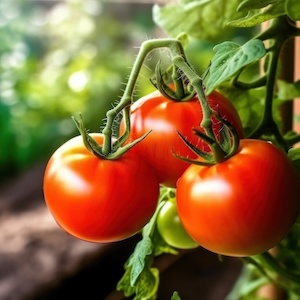Effect of different postharvest pre-treatments on the overall quality of organic strawberries during cold storage
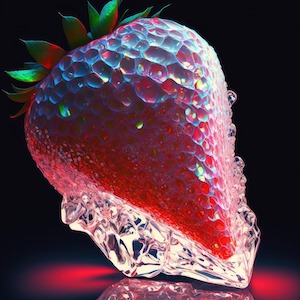
All claims expressed in this article are solely those of the authors and do not necessarily represent those of their affiliated organizations, or those of the publisher, the editors and the reviewers. Any product that may be evaluated in this article or claim that may be made by its manufacturer is not guaranteed or endorsed by the publisher.
Authors
Strawberries are perishable fruits with high nutritional value and strong consumer appeal. This study aimed to investigate the effectiveness of different postharvest pre-treatments in preserving the overall quality and extending the shelf-life of organic strawberries during cold storage (4.0±0.5°C). Four different treatments were tested: carbon dioxide (CO2, 30% for 3 h), ozone (O3, 5 ppm for 30 min), and two edible coatings (sodium alginate–calcium chloride and sodium alginate–moringa leaf extract). Unlike most previous studies focusing on conventional strawberries or individual treatments, this research provides a comparative evaluation of multiple GRAS-compliant strategies applied specifically to organically grown strawberries. The study aims to identify scalable, safe, and effective alternatives designed for the organic sector’s limited postharvest options. Among the tested treatments, CO2 treatment was the most effective in maintaining visual appearance, color, and firmness for up to 9 days. In contrast, O3 treatment led to noticeable early bruising due to skin oxidation and reduced firmness, while edible coatings did not yield significant improvements under the tested conditions. These findings support the use of CO2 as a simple, safe, and cost-effective postharvest strategy to preserve the commercial quality of organic strawberries.
How to Cite

This work is licensed under a Creative Commons Attribution-NonCommercial 4.0 International License.

